Will the Denza D9 GT radically reshape the luxury auto market?
Chinese premium auto brand Denza is making a move to Europe. We check out the incoming line-up and explore what it means for the existing players
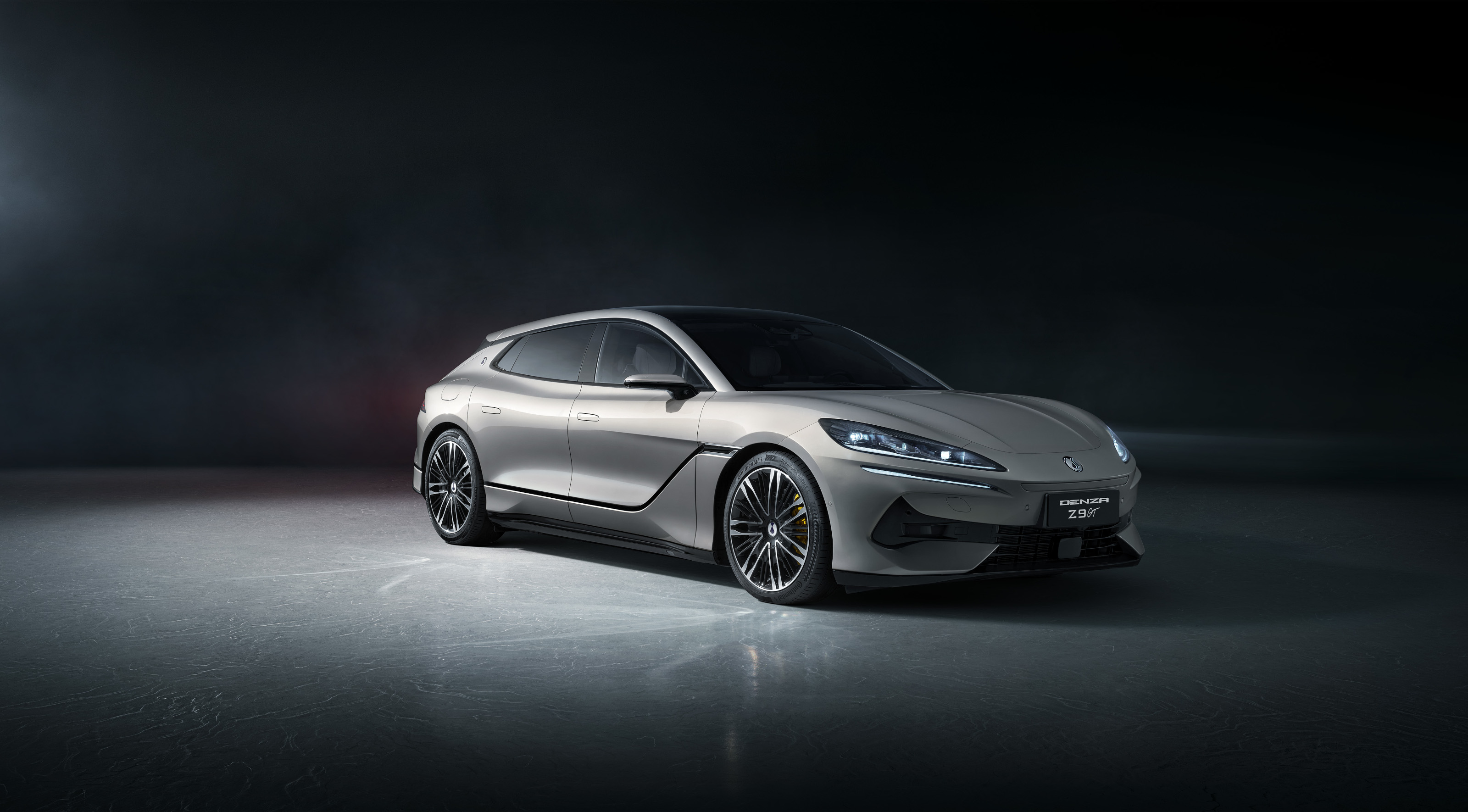
Like an instant tent at a festival, Chinese brand Denza has popped into place in the European market, seemingly arriving fully formed with all mod cons. The arrival of Denza follows on from the successful introduction of parent company BYD Group, which already sells a number of affordable EVs and hybrids with a marine mammal theme (Dolphin, Seal and Sealion).
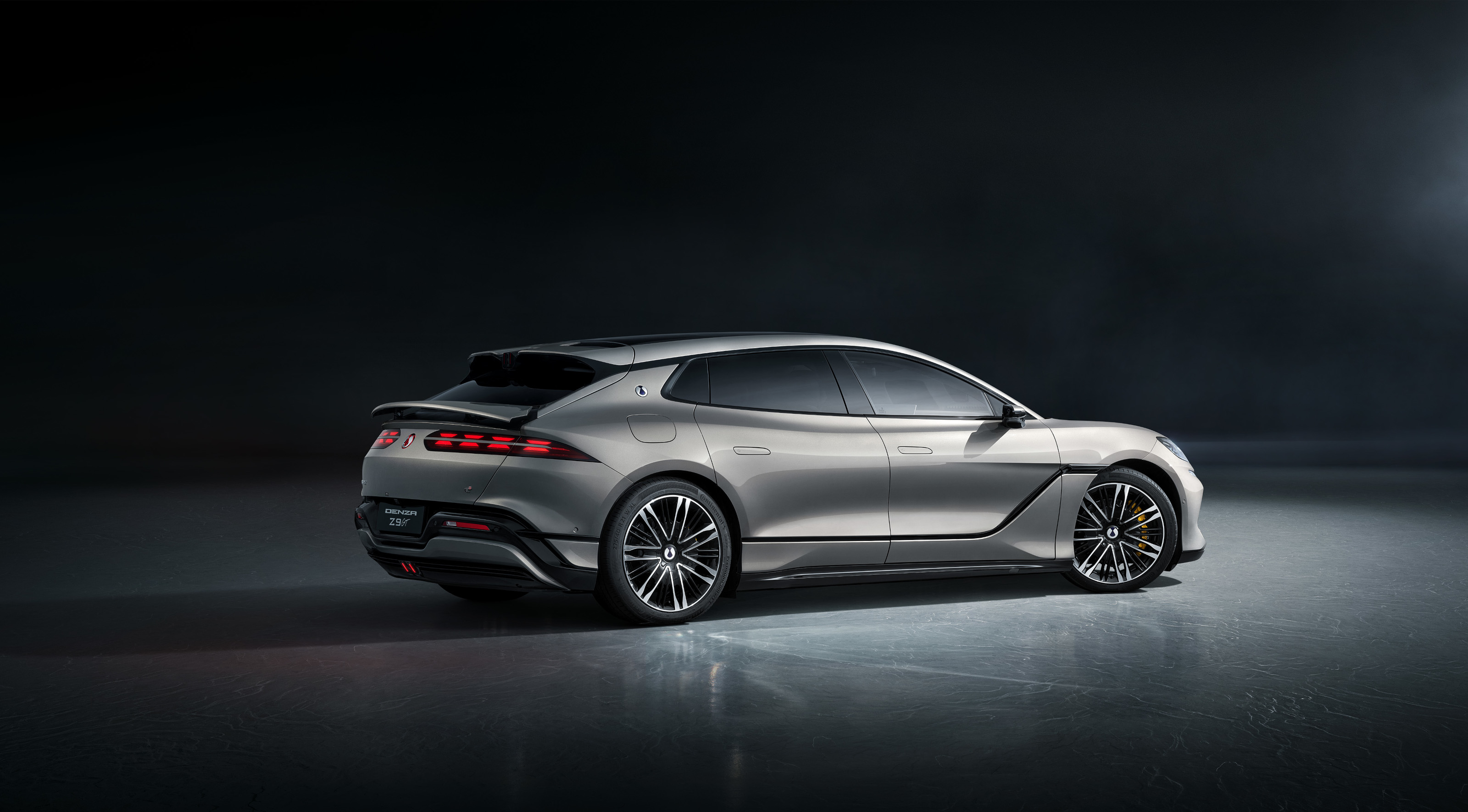
Denza Z9 GT
Denza is pitched a tier or two above BYD’s budget offerings, and the trio of cars shown at this year’s Goodwood Festival of Speed point to the potential rivals in quite a transparent way. Goodness, doesn’t the Z9 GT look a lot like Porsche’s Panamera and Taycan models? And gosh, doesn’t the B5 resembles the latest Toyota Land Cruiser? Even the D9 MPV has clear antecedents in the shape of the Lexus LM.

Denza D9 MPV
Last year’s Festival of Speed saw the debut of yet another BYD sub-brand, Yangwang, although it looks like Denza will be first to the European market. As is commonplace with big Chinese conglomerates, the BYD Group also has fingers into the mass transit, semiconductor, and battery industries, amongst others, together with yet another EV brand, the China-only Fangchengbao. The company boasts a total of over 120,000 engineers alone – to put that into perspective, the total number of direct employees in the UK’s entire automotive sector is around 200,000.
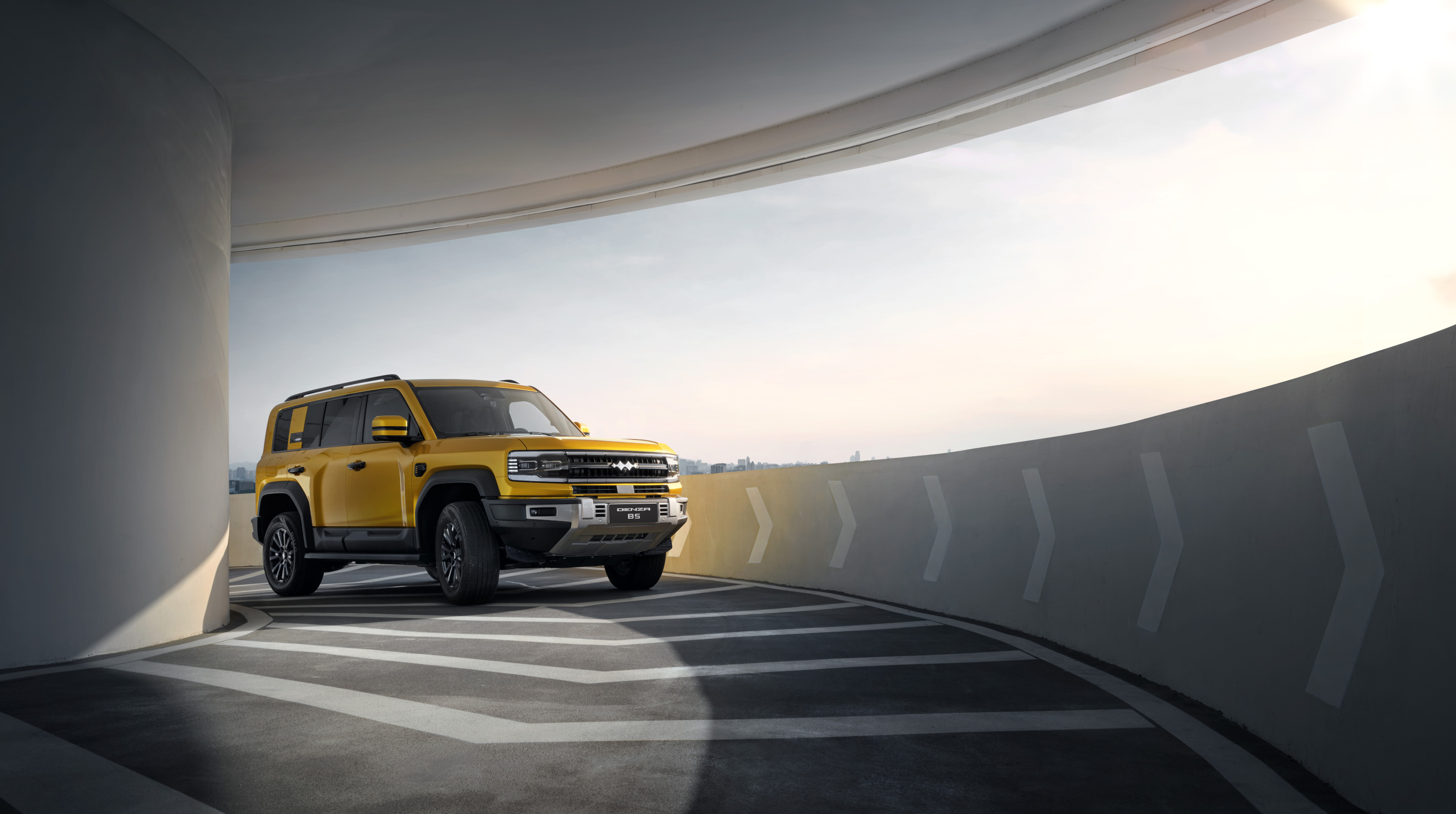
Denza B5 SUV
A lot of this instant know-how comes from the origin story of BYD’s automotive ventures, which began with a joint partnership with Mercedes-Benz. The German giant’s holding has since been diluted into oblivion as the original strategy – to make premium cars for China with German branding and design know-how – became superfluous due to the rapid shifts in China’s market maturity and industry abilities.
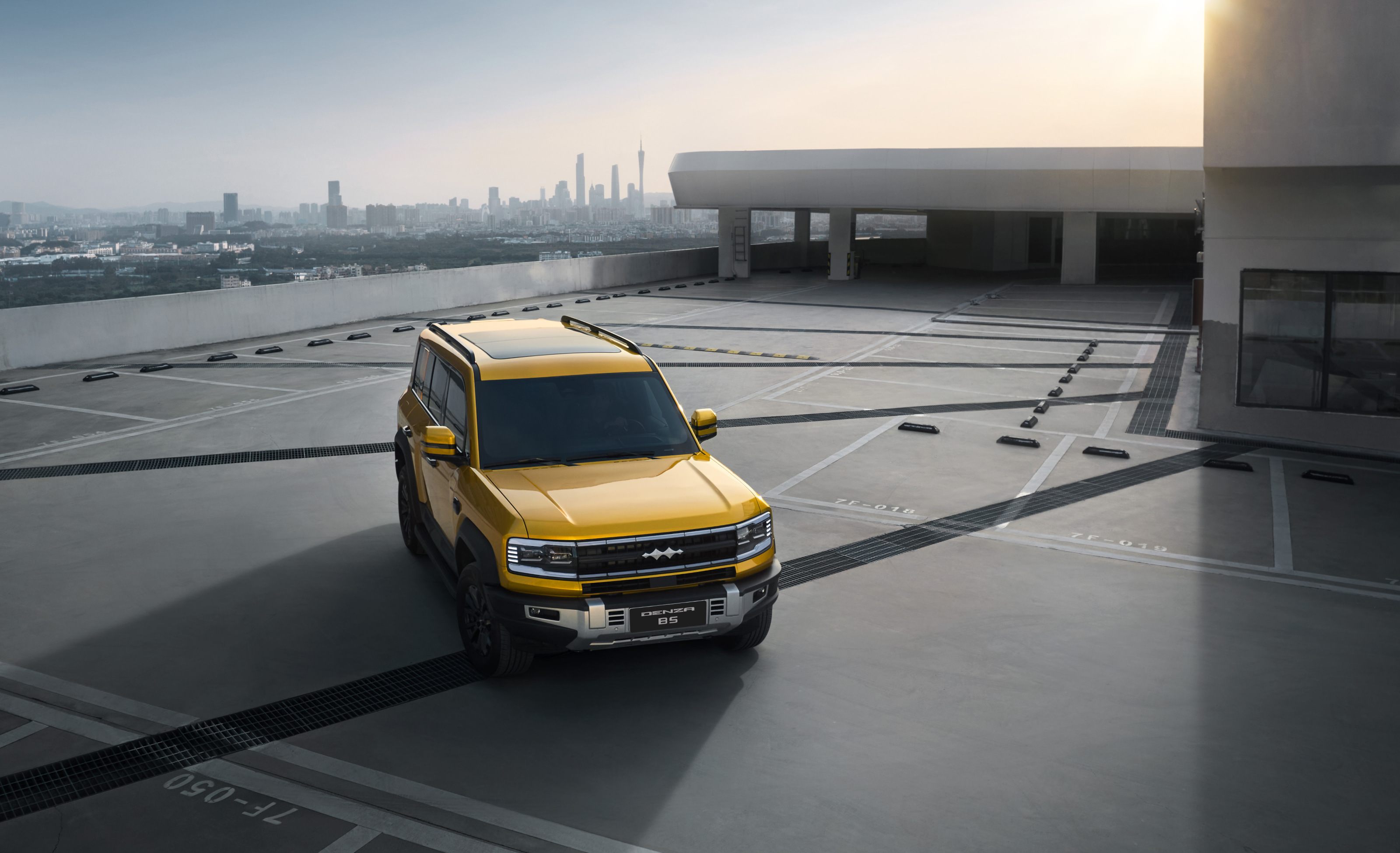
Denza B5 SUV
True to the country’s one-step-ahead stance that is rapidly skewing the global industry balance, Denza will arrive in showrooms with both EV and ‘super hybrid’ options, the latter tapping into the desire for flexibility without any whiff of range anxiety. What’s in a name? Just as BYD stands for ‘Build Your Dreams’, we’re told that Denza (styled as DENZA by company) represents Diverse, Elegance, Novel, Zenith and Aspirational.
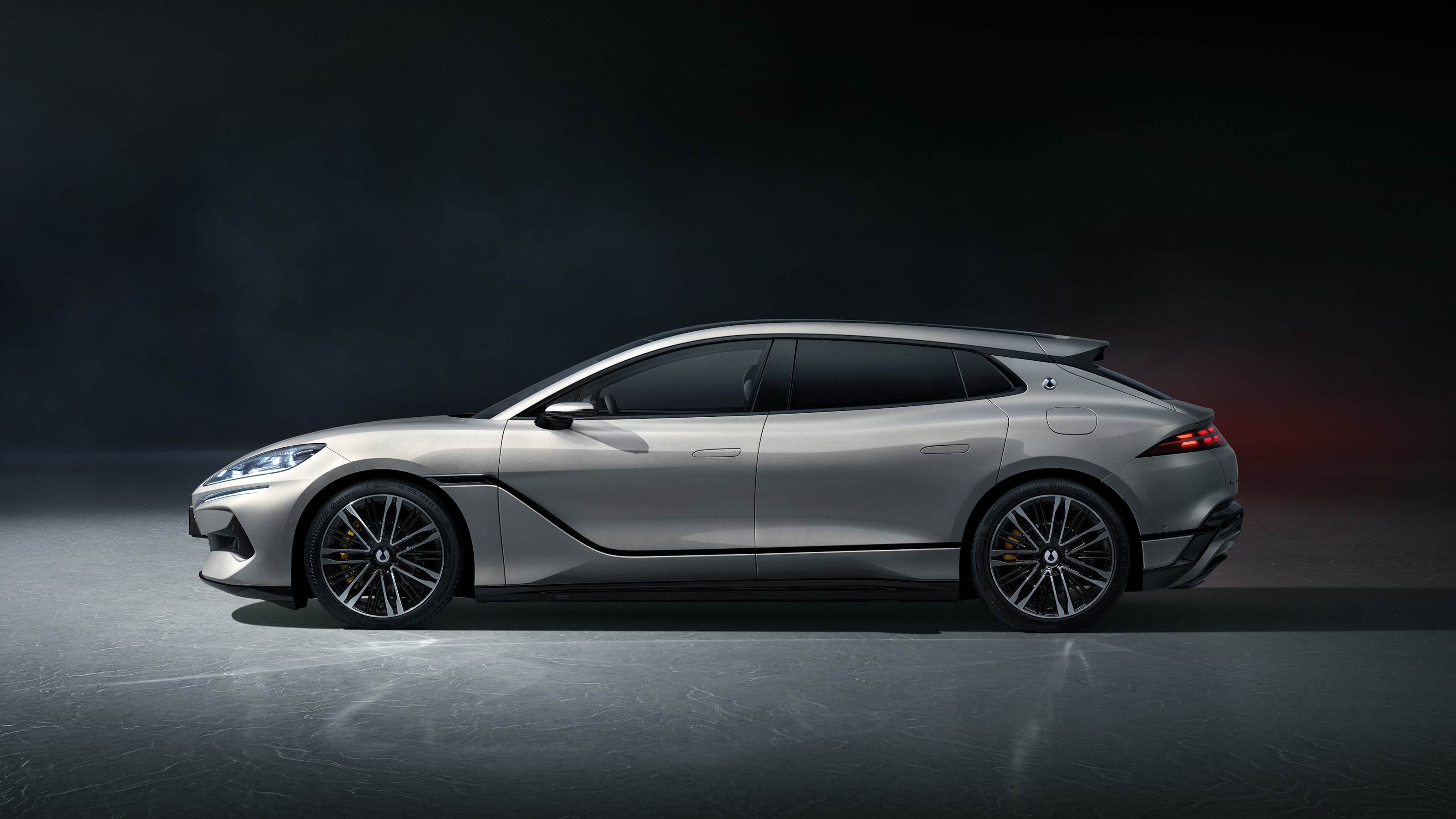
Denza Z9 GT
Alphabet spaghetti aside, the flagship Z9 GT will arrive first. On paper, it’s a very compelling package. Huge amounts of power (substantially more than the Turbo S E-Hybrid variant of the Panamera) are mated to Denza’s unique and flexible e3 platform. Amongst the car’s array of party tricks are the ability to do a ‘compass u-turn’ on the spot, and ‘crab walk’ into a parking space. These will help, because the Z9 GT is a big car – 5.18m long and just under 2m wide. Rear space looks to be capacious and there are screens everywhere.

Denza Z9 GT dashboard

Denza Z9 GT rear seats
Next up will be the rugged B5 SUV and D9 MPV, both of which cloak their slight genericism with plenty of onboard accessories and technology. Any implication that Chinese manufacturers can’t hit established industry quality standards is now laughably outdated. The only barrier to entry is Europe’s longstanding loyalty to legacy brands and the occasional misalignment of matters of taste and aesthetics. Depending on the pricing, Denza be a major disruptor in the premium sector.
Receive our daily digest of inspiration, escapism and design stories from around the world direct to your inbox.
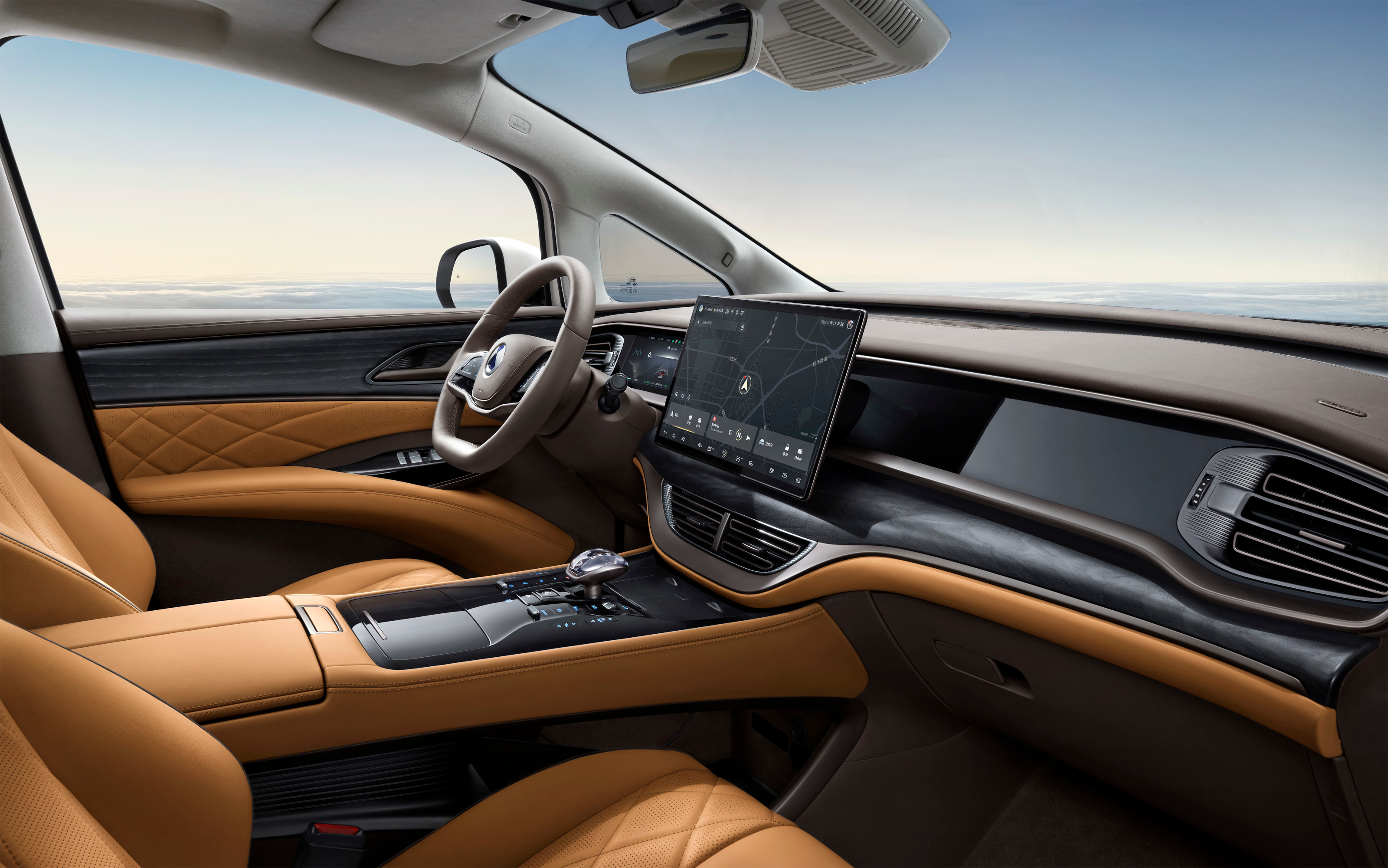
Denza D9 dashboard
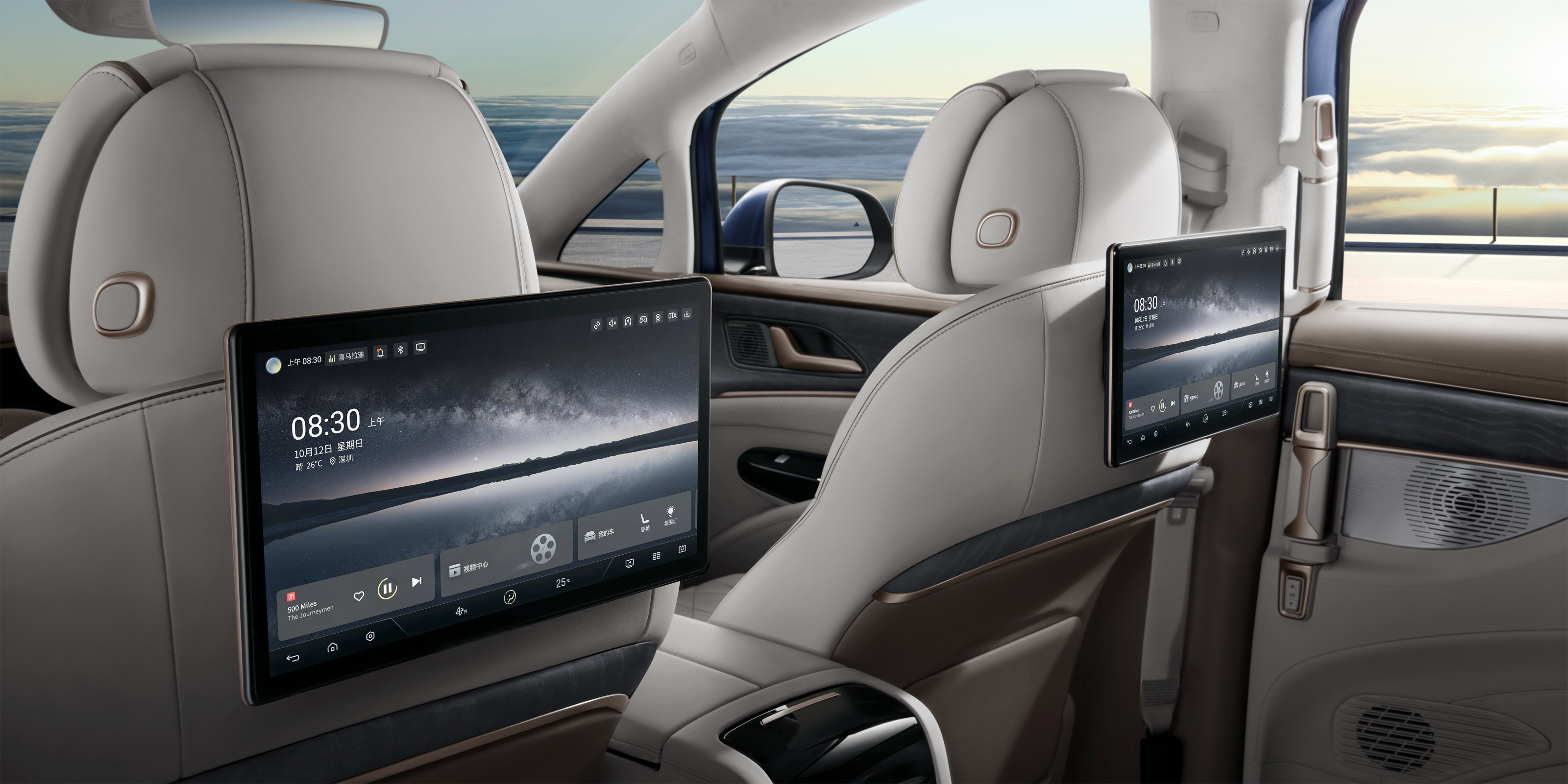
Inside the Denza D9 MPV
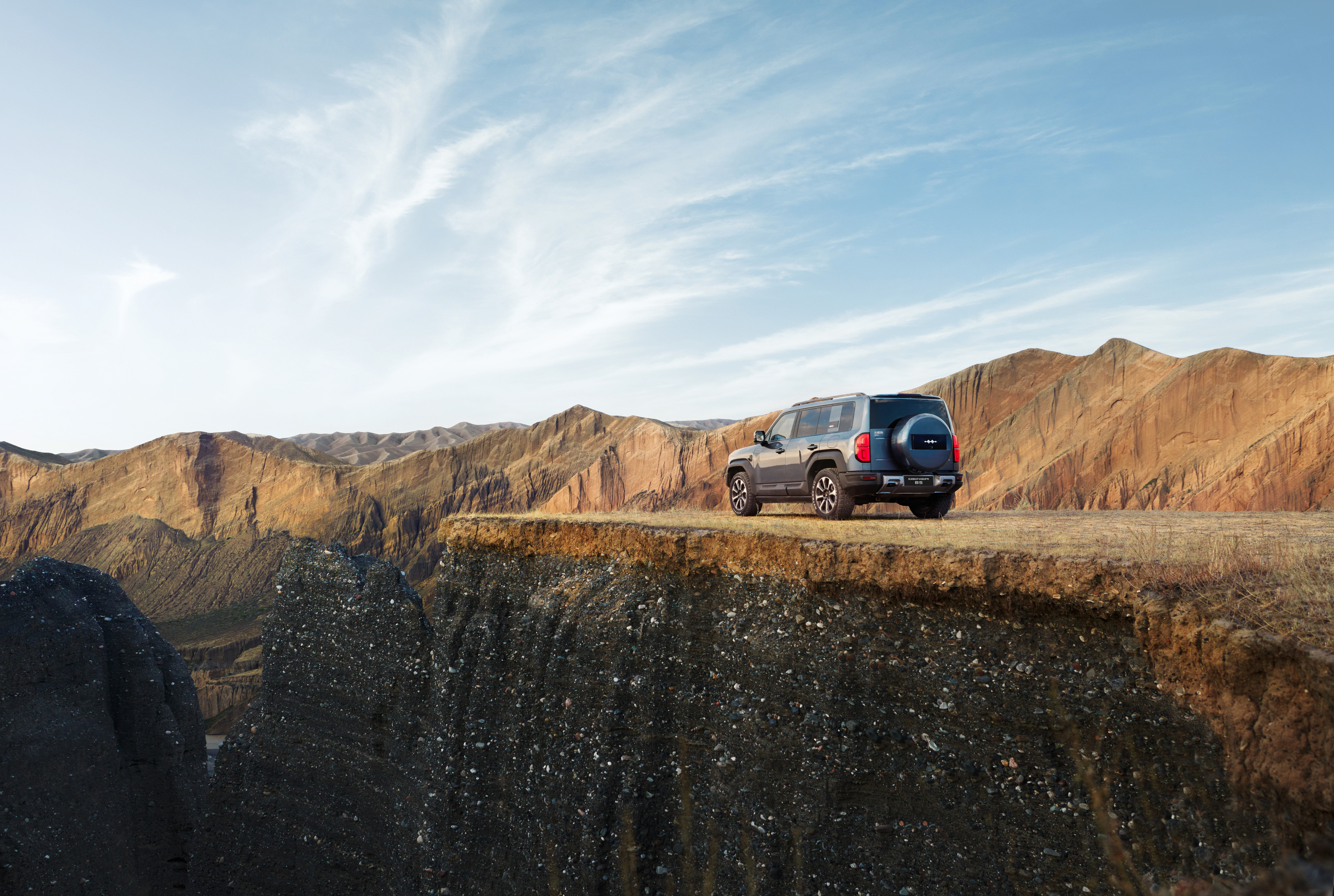
Denza B5 SUV
Jonathan Bell has written for Wallpaper* magazine since 1999, covering everything from architecture and transport design to books, tech and graphic design. He is now the magazine’s Transport and Technology Editor. Jonathan has written and edited 15 books, including Concept Car Design, 21st Century House, and The New Modern House. He is also the host of Wallpaper’s first podcast.
-
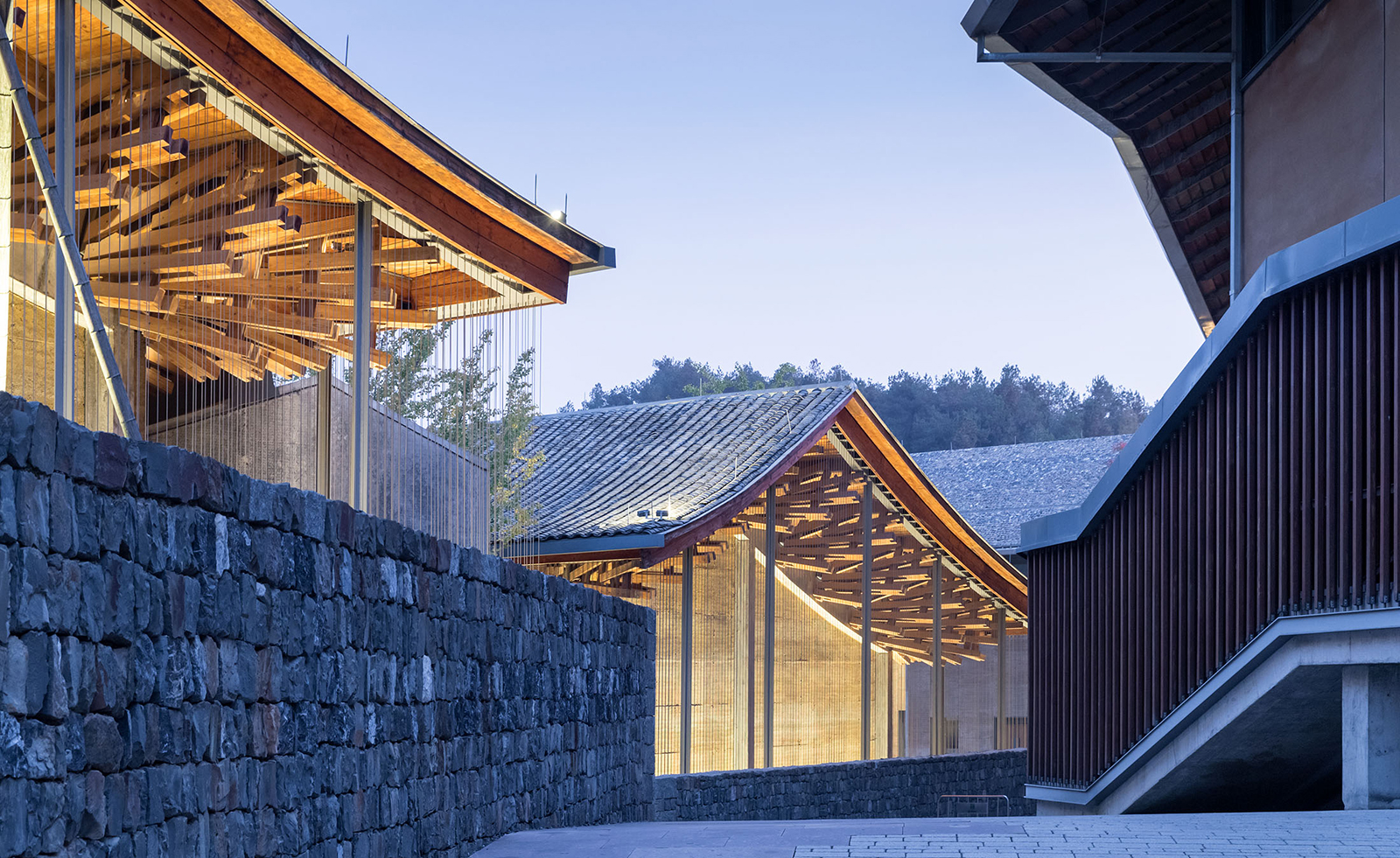 Wang Shu and Lu Wenyu to curate the 2027 Venice Architecture Biennale
Wang Shu and Lu Wenyu to curate the 2027 Venice Architecture BiennaleChinese architects Wang Shu and Lu Wenyu have been revealed as the curators of the 2027 Venice Architecture Biennale
-
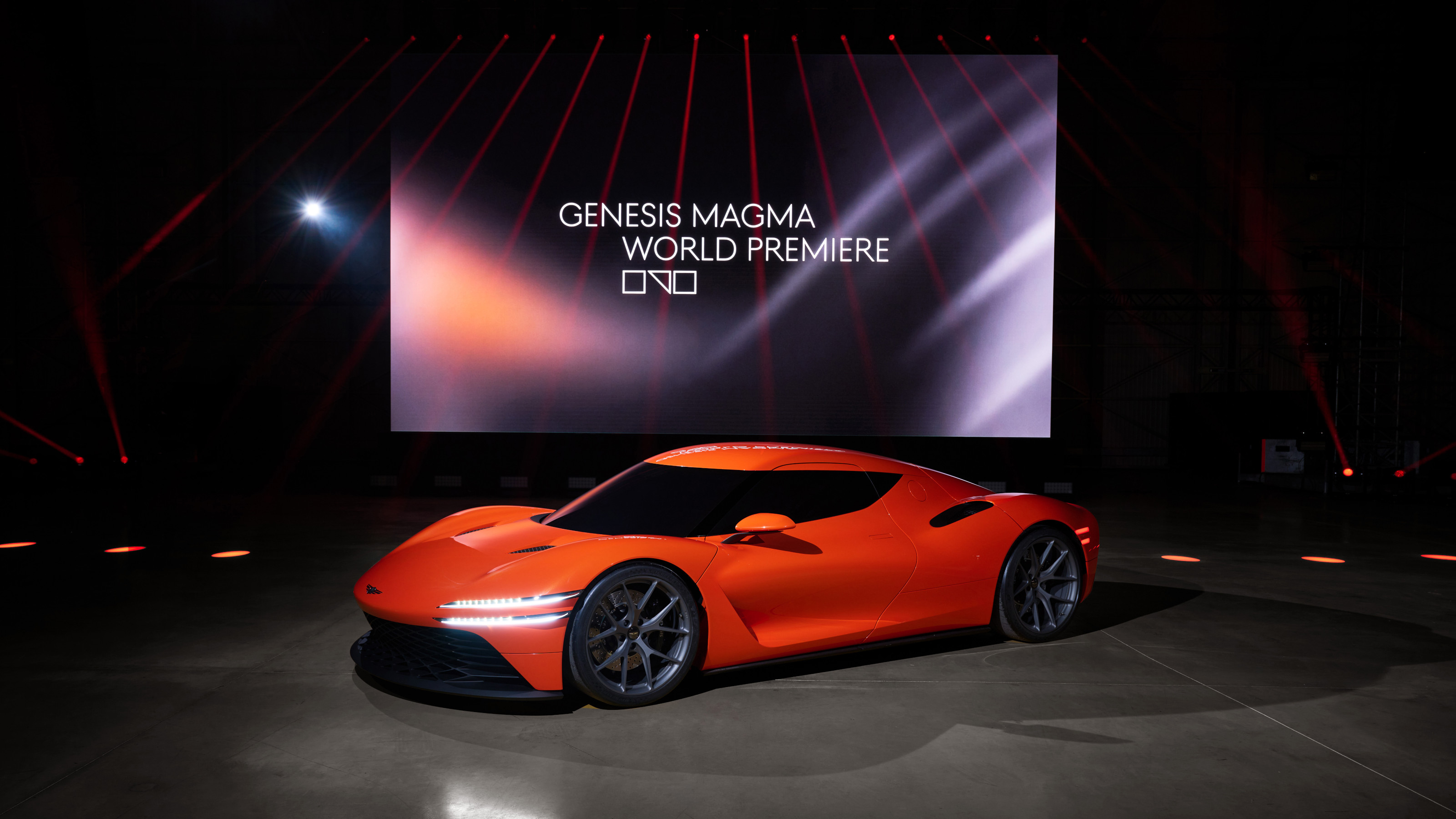 Genesis turns up the heat with its new Magma performance sub-brand
Genesis turns up the heat with its new Magma performance sub-brandGenesis has revealed the hot new GV60 Magma and striking Magma GT Concept in its quest to own luxury performance
-
 Inside the design of Hamnet, a tale of Shakespeare’s real tragedy
Inside the design of Hamnet, a tale of Shakespeare’s real tragedyChloé Zhao’s new film Hamnet follows the tragedy and tenderness that led to Shakespeare’s seminal play, Hamlet. Production designer Fiona Crombie tells how she reimagined the Tudor-era spaces that shaped that very work